when do babies drop to one nap
Are my eyes too separate? (Photo) I don't think this is something that can be fixed but I really want to know why I'm too embarrassed to ask people around me. Answers (3)----------------------------------------------------------------Answers: Dry eyelids; Eyes Too Far The main problem is that your eyelid muscle is loose and makes you look drowsy, and your eyes don't open the whole way. Correction of this will be the primary way to improve your eye area. As for your original question about your eyes being too distant, this can be improved by lifting the bridge of your nose so that there is less empty space between your eyes. (However, you are not so far; typically, the distance between the two eyes should be a length of eye apart). Answer: Eyes Dryers; Eyes Too Far The main problem is that your eyelid muscle is loose and makes you look drowsy, and your eyes don't open all the way. Correction of this will be the primary way to improve your eye area. As for your original question about your eyes being too distant, this can be improved by lifting the bridge of your nose so that there is less empty space between your eyes. (However, you are not so far; typically, the distance between the two eyes should be a length of eye apart). Answer: You look wide between the two eyes. However, I believe that the heavy upper eyelid caused by the ptosis exaggerates the effect. Moving orbits is basically so hard that it's impossible. Fixing the ptosis is much more straight forward. You need an aesthetic surgery of ptosis. It is certainly possible that your surgery may be covered by health insurance, but you may decide to pay for yourself to get a more cosmetic result. The American Society of Ophthalmological and Reconstruction Plastic Surgery maintains a regional directory on its website that can help you find a highly qualified plastic eyelid surgeon. Answer: You look wide between the two eyes. However, I believe that the heavy upper eyelid caused by the ptosis exaggerates the effect. Moving orbits is basically so hard that it's impossible. Fixing the ptosis is much more straight forward. You need an aesthetic surgery of ptosis. It is certainly possible that your surgery may be covered by health insurance, but you may decide to pay for yourself to get a more cosmetic result. The American Society of Ophthalmological and Reconstruction Plastic Surgery maintains a regional directory on its website that can help you find a highly qualified plastic eyelid surgeon. Answer: Are My Eyes Too Separate? No, your eyes aren't too separate. From the 1 limited photograph, it seems that you may have ptosis present on both eyelids. This is best treated by an oculoplastic surgeon. There's nothing you can do to get your eyes closer in the eye basins. Answer: Are My Eyes Too Separate? No, your eyes aren't too separate. From the 1 limited photograph, it seems that you may have ptosis present on both eyelids. This is best treated by an oculoplastic surgeon. There's nothing you can do to get your eyes closer in the eye basins. Recommended Readings All You Need To Know About Carpath Surgery View More Doctors Near YouOur mission is to create a world where every investment in modern beauty is Worth It.ExploreShopAbout UsFor Doctors My profile

Baby's Sleep Archives - Infographic Facts

How And When Do Babies Drop To One Nap?

When Only One Twin Is Ready to Drop a Nap | Sleeping Should Be Easy

The 3-2 Nap Transition; When and How To Do It - Baby Sleep 101 :: Child and Baby Sleep Training

NAP TRANSITIONS: how and when your baby will drop their naps - Little Ones
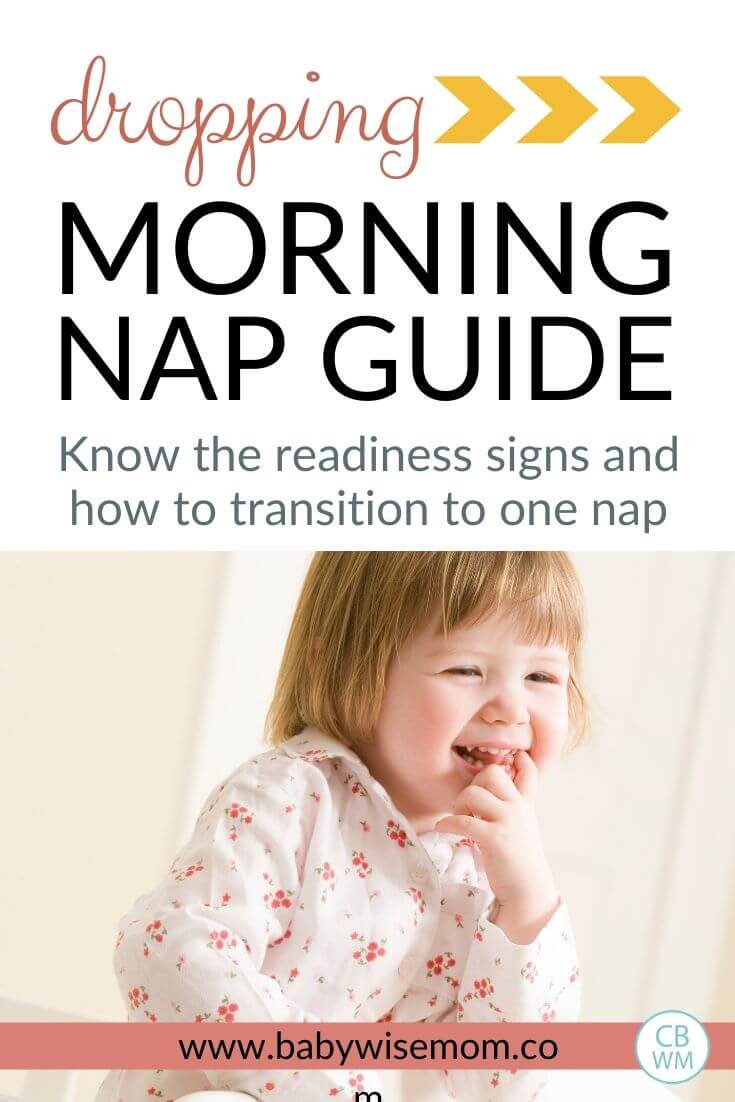
Dropping the Morning Nap Full Guide - Chronicles of a Babywise Mom

Today we're talking about NAP... - Baby Sleep Made Simple | Facebook

The Right Time to Transition Your Baby From Two Naps to One – Happiest Baby
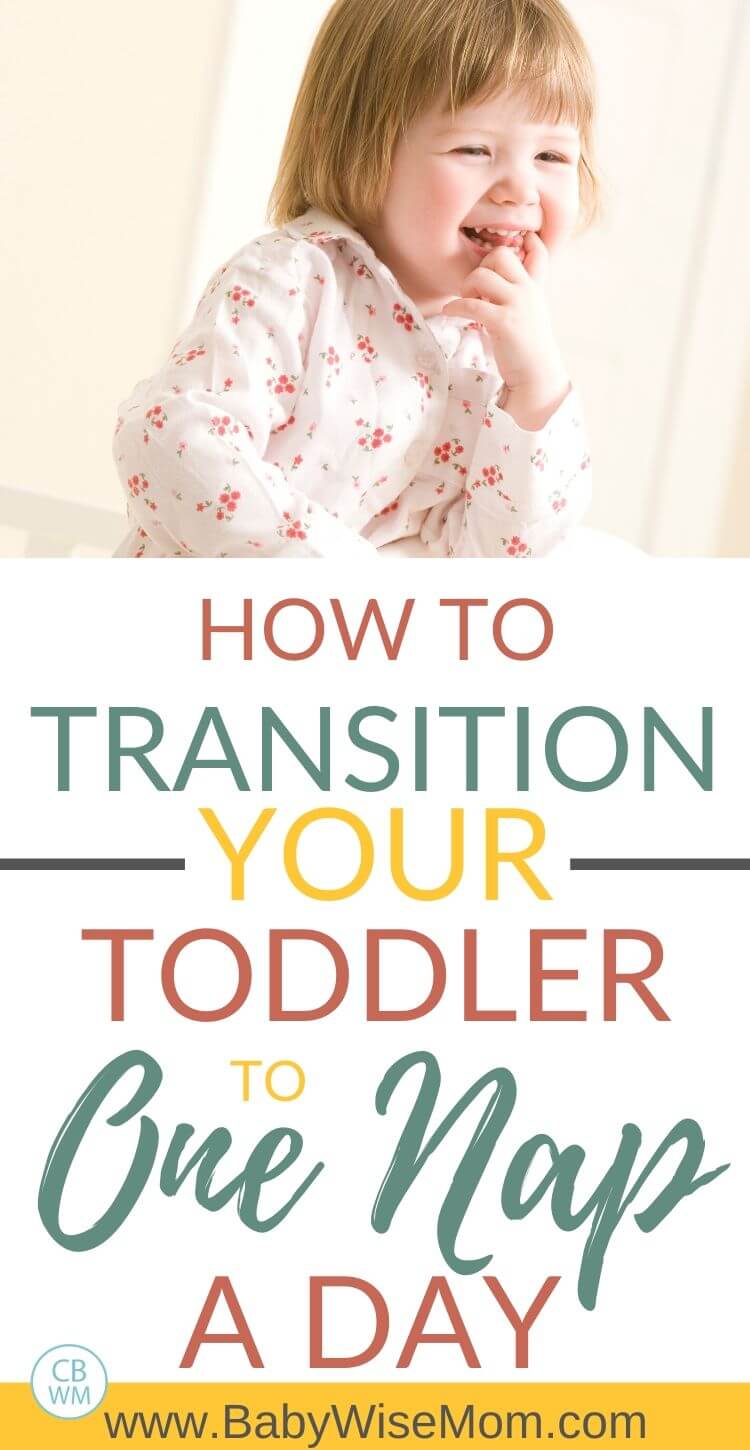
Dropping the Morning Nap Full Guide - Chronicles of a Babywise Mom

How to Drop to One Nap | BabyWinkz

Dropping From Two to One Nap — How, When to Transition Your Baby

How And When Do Babies Drop To One Nap? | Baby sleep problems, New baby products, Baby sleep

When Should Baby Drop a Nap?

How We Helped Baby Drop to One Nap at 16 Months - Indulge with Bibi
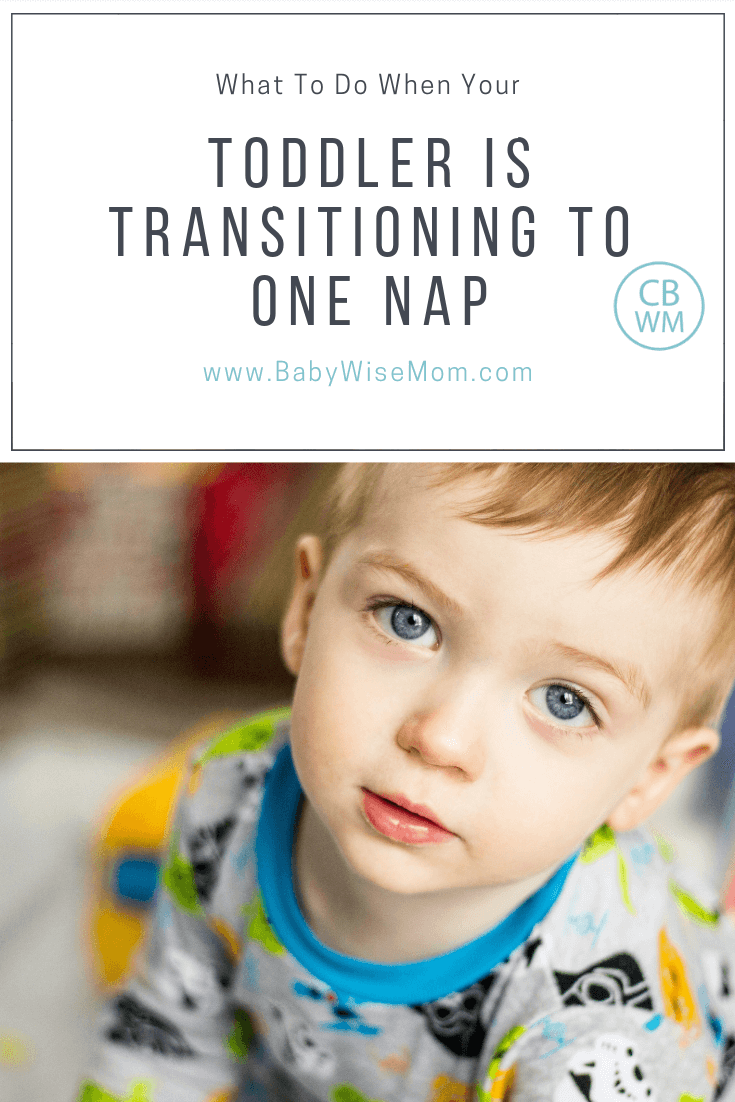
Dropping the Morning Nap Transition Time - Babywise Mom

Signs your baby is ready to drop a nap — Baby Sleep Solved

FROM 2 NAPS to 1 : Dropping a Nap! | Baby naps schedule, Baby nap, Toddler nap

is Your Baby Ready to Drop their Naps? When & How to Do It
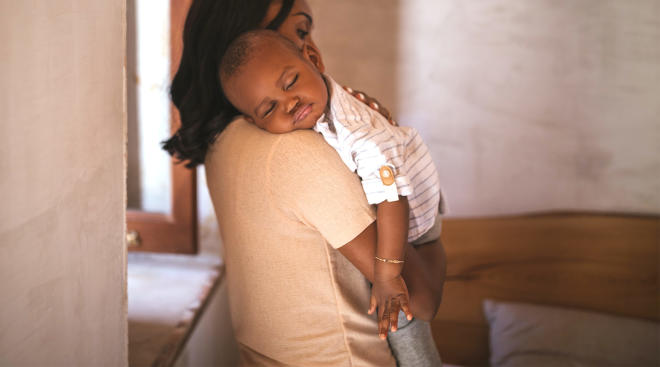
When to Transition Your Toddler to One Nap a Day

How to Transition from 2 Naps to 1– Nested Bean

Transition Your Toddler To One Daily Nap With No Fuss!

When Do Babies Go to One Nap?
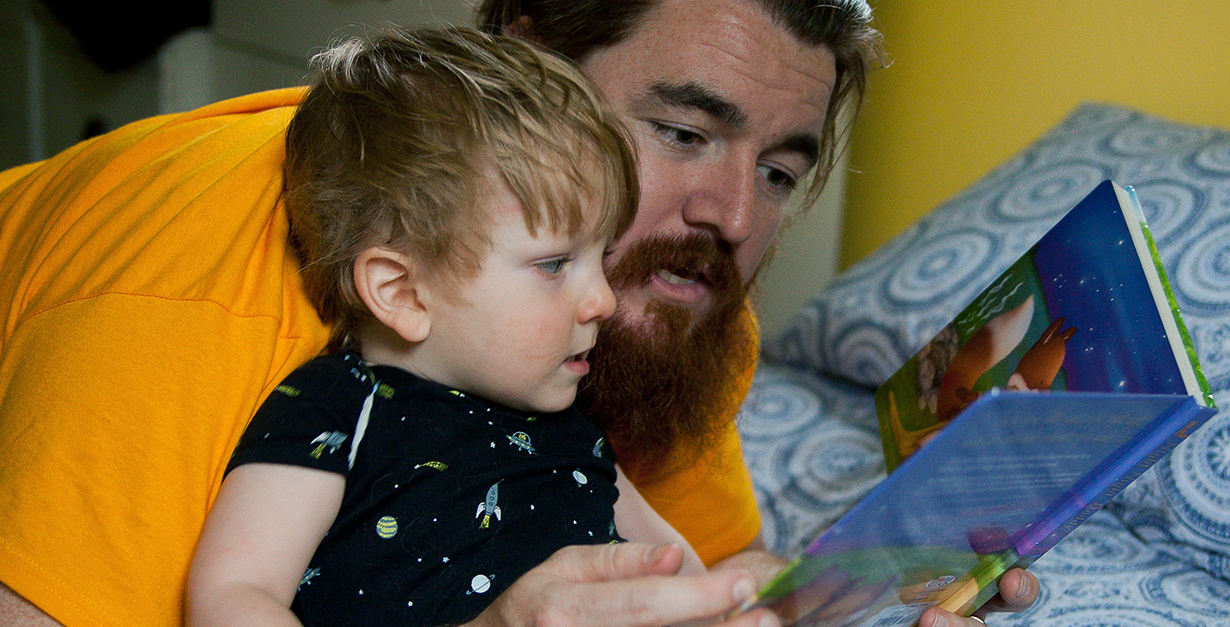
Toddler Sleep: Is My Toddler Ready to Drop to One Nap?
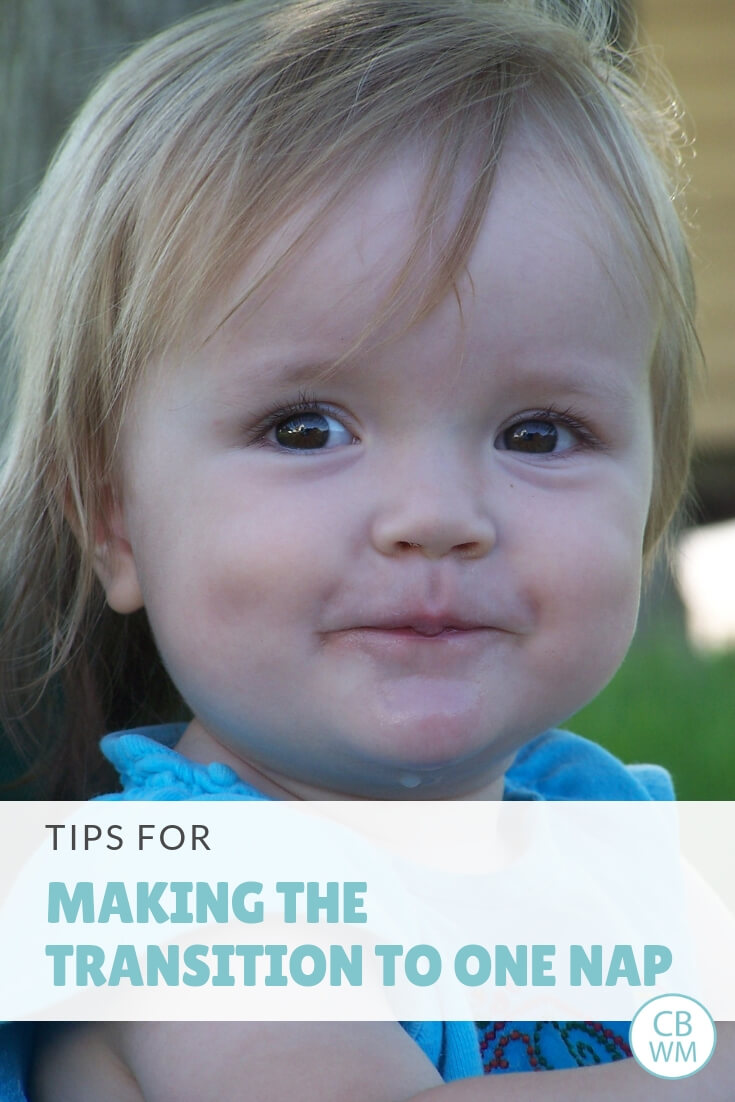
In Action: Dropping the Morning Nap - Babywise Mom

Dropping to one nap – Rebecca Michi – Children's Sleep Consultant

How to Drop to One Nap - Five Star Sleepers
How to survive and "manage" the 2 to 1 nap transition

How to transition your toddler from two naps to one

5 Signs It's Time to Drop a Nap – Taking Cara Babies

Toddler Nap Transitioning from 2 Naps to 1

When Babies Go To One Nap (Quick Guide To Dropping The Morning Nap)

My Sweet Sleeper - Five signs your child is ready to drop a nap

Dropping The Morning Nap - Transitioning Your Baby To One Daily Nap

When do babies drop to one nap? - YouTube

When are babies and toddler ready to drop naps? | Bub Hub

Dropping to One Nap | Sleep, Love and Happiness

When (and How) Should you Drop a Nap? – Sarah Ockwell-Smith

Signs that Baby is Ready to Drop a Nap | A Healthy Slice of Life

Is your toddler ready for ONE nap? | Slumber & Sprout | Perth Baby Sleep Consultant

1 Year Old Nap Schedule Examples | Sleeping Should Be Easy
Posting Komentar untuk "when do babies drop to one nap"